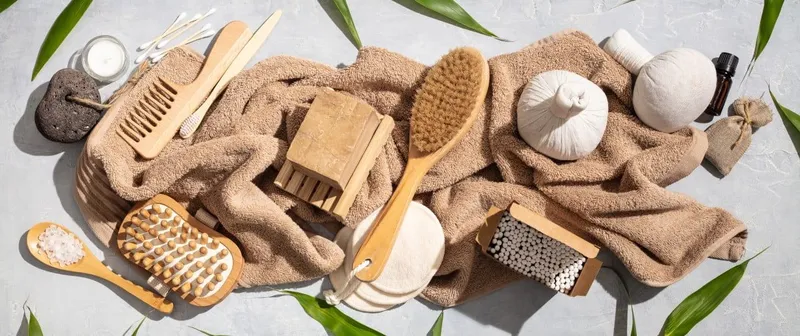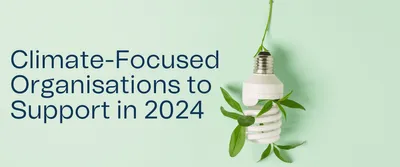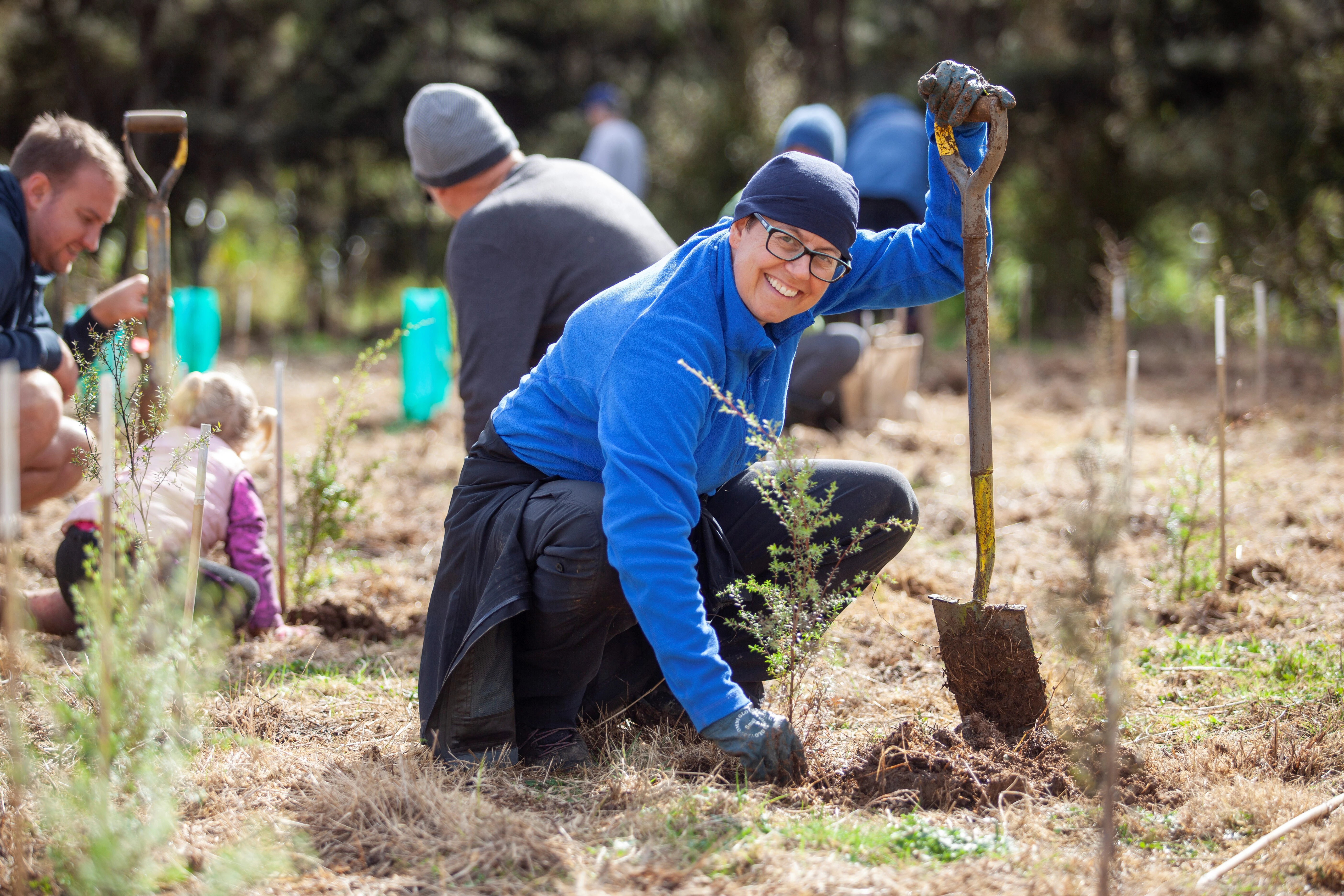5 ways to make your bathroom more sustainable
30/09/2019

The bathroom may be one of the smallest rooms in the house, but when it comes to sustainability, it’s one of the biggest resource guzzlers. In this article, discover the biggest sustainability issues in your bathroom, and how you can work to solve them:
Change the lighting
Cut back on energy usage in your bathroom by using natural light as much as possible. Open the blinds so you can draw light through the windows. You can use mirrors to bounce light around the room, and a coat of white/cream paint over previously dark walls will help send light into every corner.
You can replace light fittings with LEDs, which use up to 85% less energy than standard incandescent light bulbs and will last around 15 times longer.
Check your water wastage
The bathroom is the largest user of water in the home, and it’s typically also one of the places we waste the most water. You can limit water wastage by taking shorter showers, installing eco-shower heads and taps – they give a low water flow while still keeping high pressure, and adding a dual flush feature to your toilet. Also, if any of your taps are dripping or your toilet is leaking, call a plumber and get this fixed – a leaking tap can waste up to 33 litres of water a day!
If you’re renovating, check Water Efficiency star ratings on new taps, toilets, and showers.
Use eco-friendly cleaning products
Reducing the number of harmful chemicals (like bleach) in your home will help keep your family healthy, as well as keep these chemicals out of waterways. We’re lucky in New Zealand in that we have some great eco brands on the market, many of which are available from supermarkets. Ecostore products can be refilled in store or at recycling centres to further cut back on plastic waste.
Choose recyclable products
Where possible, look for reusable products, recyclable packaging, and natural ingredients in your bathroom products. There are now many different options for recyclable toothbrushes, including bamboo, corn starch, and plant-based plastics. You can purchase many bathroom products in reusable and recyclable containers, and many companies produce sustainability from renewable resources. You can buy recycled toilet paper from the supermarket and natural scents and diffusers.
Heating and ventilation
Heating and ventilating a bathroom can add significantly to household energy costs, but they’re also important for health. As much as possible, try to avoid using a heater to heat the entire space – by insulating walls, closing the window, investing in larger towels, or using a heat lamp to warm only the person dressing, you can cut back on the energy you use. Try to turn off heated towel rails and dry towels naturally.
Without proper ventilation, the steam in your bathroom can cause mould and mildew to grow. Inhaling mould is toxic, and it can also weaken tile grout and ruin paint. If possible, open a window to ventilate naturally. If you don’t have this ability, replace an ordinary fan (that can simply spread spores) with an energy-efficient model with back draught flaps that automatically close when not in use. These flaps stop warm air escaping to help keep the temperature comfortable.
Is your bathroom as sustainable as it could be? With a few simple changes and some research into product alternatives, you can create a happy, efficient, and healthy home for your family.







